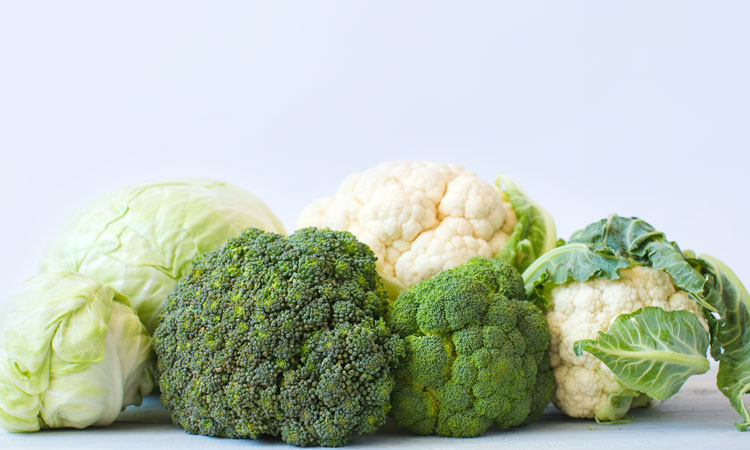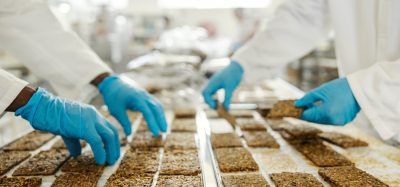New study could lead to the development of healthier broccoli and cabbage
- Like
- Digg
- Del
- Tumblr
- VKontakte
- Buffer
- Love This
- Odnoklassniki
- Meneame
- Blogger
- Amazon
- Yahoo Mail
- Gmail
- AOL
- Newsvine
- HackerNews
- Evernote
- MySpace
- Mail.ru
- Viadeo
- Line
- Comments
- Yummly
- SMS
- Viber
- Telegram
- Subscribe
- Skype
- Facebook Messenger
- Kakao
- LiveJournal
- Yammer
- Edgar
- Fintel
- Mix
- Instapaper
- Copy Link
Posted: 13 February 2020 | Rachael Harper (New Food Magazine) | No comments yet
Two key enzymes have been identified that release sulphur from health-beneficial chemicals in thale cress to promote growth in sulphur-deficient conditions.


Scientists now have a better understanding of how chemicals thought to impart unique health benefits to plants in the cabbage family are broken down to promote growth in conditions lacking sufficient sulphur. This, they say, could aid in the future development of broccoli and cabbage that are even healthier for consumers.
Researchers from Kyushu University in Japan reported that disrupting the production of two enzymes in thale cress plants (a relative of cabbage) reduced the conversion of glucosinolates to simpler compounds and further slowed growth when the plants did not receive sufficient amounts of sulphur from their environment.
Produced by plants in the Brassicaceae family, glucosinolates are sulphur-containing compounds that some studies indicate may also be beneficial for preventing cancer and cardiovascular diseases.
However, the plants are known to breakdown glucosinolates in environments deficient of sulphur. While this mechanism appears to act as a strategy to sustain growth under such unfavourable conditions, current knowledge of how the process occurs and contributes to adaptation to sulphur deficiency is limited.
This new research offers a deeper understanding of this mechanism through the study of genetically modified model plants.
“While we had previous evidence suggesting two particular enzymes may be key based on their increased presence when sulphur is deficient, our new results show that removing these enzymes through genetic modification dramatically disrupts this breakdown,” said Akiko Maruyama-Nakashita, who led the study.
The scientists studied thale cress plants (a member of the Brassicaceae family and the first plant to have its genome completely sequence) modified through the insertion of DNA from bacteria to prevent one of the two enzymes from being produced. By cross-fertilising these plants, the researchers created plants that lacked both enzymes.
While all of the plants had similar levels of glucosinolates in sulphur-sufficient conditions, levels were higher in plants missing both enzymes compared to unmodified plants and those missing only one enzyme when grown in sulphur-deficient conditions.
Furthermore, growth was stunted in the plants missing both enzymes relative to the other plants when sulphur was scarce, proving that the breakdown of glucosinolates contributes greatly to sustaining plant growth in sulphur-deficient environments. Thus, one of the roles of the glucosinolates in the plants may be as a store of sulphur that can be released when needed.
“The knowledge obtained here deepens our understanding of plant adaptation strategies to sulphur deficient environments, and thus provides implications for promoting effective sulphur utilisation in modern agriculture,” added Liu Zhang, the first author on the paper reporting the results.
The study was published in Plant and Cell Physiology.
Related topics
Genetic modification (GMO), Health & Nutrition, Research & development









